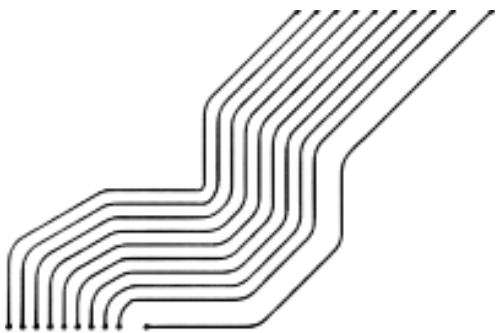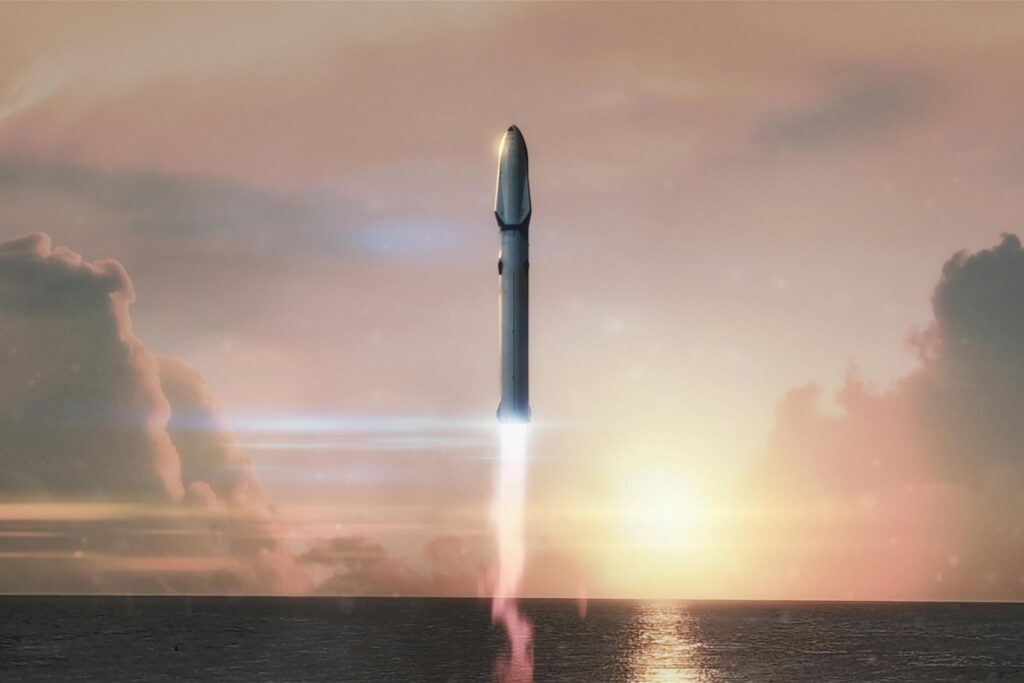Introduction
Imagine a world where charging cables and power lines become obsolete. Wireless power transmission is now a reality, marking a new era in energy transfer. Scientists have successfully transported electricity through the air, eliminating the need for wires. This groundbreaking achievement is set to revolutionize how we power our homes, cities, and industries.
Wireless power transmission has long been a dream of scientists and engineers. While small-scale wireless charging is already in use, such as in smartphones and electric toothbrushes, recent developments aim to expand this capability to a larger scale. Researchers are working to improve efficiency, increase transmission distances, and integrate this technology into everyday life. This blog will explore how wireless power transmission works, its advantages, challenges, applications, and what the future holds for this revolutionary technology.
How Does Wireless Power Transmission Work?
Wireless power transfer (WPT) uses electromagnetic waves to transmit energy from a source to a receiver. Here are the most common methods used:
1. Electromagnetic Induction
This method transfers electricity between two coils. When alternating current (AC) flows through one coil, it creates a magnetic field that induces current in the second coil. This principle powers devices like electric toothbrushes and wireless phone chargers.
2. Resonant Inductive Coupling
This technique enhances efficiency by matching the resonance frequency of both coils. It allows energy transfer over longer distances without significant loss. Resonant inductive coupling is a key technology being explored for mid-range wireless power transmission, allowing multiple devices to be charged simultaneously in a given area.
3. Microwave Power Transmission
Using microwave beams, energy can be sent over several kilometers. This method has been tested for space-based solar power applications. In theory, solar panels placed in space could collect energy and beam it down to Earth using microwaves, providing a continuous power supply unaffected by weather or daylight conditions.
4. Laser Power Transmission
Scientists use high-intensity laser beams to transfer power wirelessly. This technology enables energy delivery to remote areas and even space stations. While still in the experimental stage, laser power transmission has the potential to revolutionize power distribution, particularly in areas where traditional infrastructure is difficult to implement.
The First Successful Wireless Electricity Transmission
In a historic achievement, researchers transmitted electricity through the air without cables. This test proved that energy could be delivered safely and efficiently over several meters. The breakthrough opens doors for futuristic applications in homes, businesses, and industries.
The experiment involved a transmitter emitting radio waves that were picked up by a specially designed receiver, which converted the waves back into electrical energy. The successful demonstration suggests that wireless power could eventually replace traditional wired infrastructure, reducing the need for expensive and bulky power cables.
Why Wireless Power Transmission is a Game-Changer
The implications of wireless electricity transmission are massive. Here’s why this breakthrough is important:
1. Eliminates the Need for Cables
With wireless power, tangled cables and power cords will become obsolete. This makes everyday life more convenient and reduces e-waste. The global demand for electronic devices is increasing, and eliminating cables will help reduce environmental impact.
2. Enhances Safety
Electrical wires can cause accidents like short circuits and fires. Wireless transmission minimizes these risks, providing a safer power alternative. Households and industrial workplaces will become safer without the hazards of exposed wires.
3. Enables Remote Energy Access
Wireless energy can power remote and disaster-stricken areas where traditional infrastructure is difficult to set up. In emergencies, quick deployment of power sources could save lives.
4. Supports Sustainable Energy
This technology can integrate with renewable energy sources, making energy transfer more efficient and eco-friendly. Solar and wind energy can be wirelessly distributed, helping to create a cleaner future.
5. Powers Smart Cities
Future smart cities will benefit from wireless electricity, improving efficiency in transportation, communication, and daily operations. Smart grids combined with wireless energy transfer will help create more intelligent and adaptive urban environments.
Challenges of Wireless Electricity Transmission
While this innovation is groundbreaking, some challenges must be addressed:
1. Energy Loss
Currently, some energy is lost during transmission. Improving efficiency is key to making wireless power practical for everyday use. Researchers are developing better materials and methods to minimize energy dissipation.
2. Distance Limitations
Most methods work best over short distances. Researchers are working on expanding the range without compromising efficiency. The goal is to enable long-range wireless power transmission that can supply energy across cities or even continents.
3. Health Concerns
There are concerns about exposure to electromagnetic waves. Further studies will ensure that wireless power transmission is safe for humans and animals. Regulatory bodies will need to establish safety guidelines.
4. Infrastructure Costs
Building a new energy network requires investment. Governments and businesses need to collaborate to make this technology affordable and scalable. Despite the costs, the long-term benefits of reduced maintenance and infrastructure could outweigh the initial investment.
Applications of Wireless Electricity Transmission
1. Consumer Electronics
Phones, laptops, and household appliances can be powered wirelessly, eliminating the need for multiple chargers. This will make homes cleaner and more organized.
2. Electric Vehicles
Wireless charging for electric cars can make charging stations more efficient and accessible. Roads embedded with wireless power transmitters could charge vehicles as they drive.
3. Medical Devices
Pacemakers and implants could be powered remotely, improving patient care and reducing battery replacement surgeries. This innovation would benefit the medical industry greatly.
4. Industrial Applications
Factories can operate machinery without power cables, enhancing safety and flexibility in industrial setups. This reduces downtime caused by faulty wiring.
5. Space Exploration
NASA and other space agencies are exploring wireless power transmission to energize satellites and lunar bases. This could enable longer-term missions in deep space.
The Future of Wireless Electricity
Scientists and engineers are constantly improving this technology. In the coming years, we can expect:
- Longer transmission distances with minimal energy loss.
- Widespread adoption in smart homes and cities.
- Integration with renewable energy sources for a greener planet.
With continuous innovation, wireless electricity will become a vital part of modern life, just like Wi-Fi and mobile networks today.
FAQs
1. Is wireless power transmission safe?
Yes, current wireless power transmission methods use safe energy levels. However, more research is being conducted to ensure long-term safety.
2. When will wireless electricity be widely available?
While small-scale applications already exist, large-scale implementation may take a few more years due to infrastructure and cost challenges.
3. Can wireless electricity work over long distances?
Scientists are improving technology to increase transmission range while maintaining efficiency.
4. Will wireless power transmission replace traditional power lines?
It may not fully replace wired power, but it will complement existing infrastructure and provide more flexible energy solutions.
5. What industries will benefit the most from wireless power?
Consumer electronics, healthcare, electric vehicles, space exploration, and industrial automation will greatly benefit from this technology.
Wireless electricity transmission is no longer a dream. This breakthrough will redefine how we use and distribute energy, bringing a future where power is available anywhere—without wires.
Related Video
Watch this video for more details.



